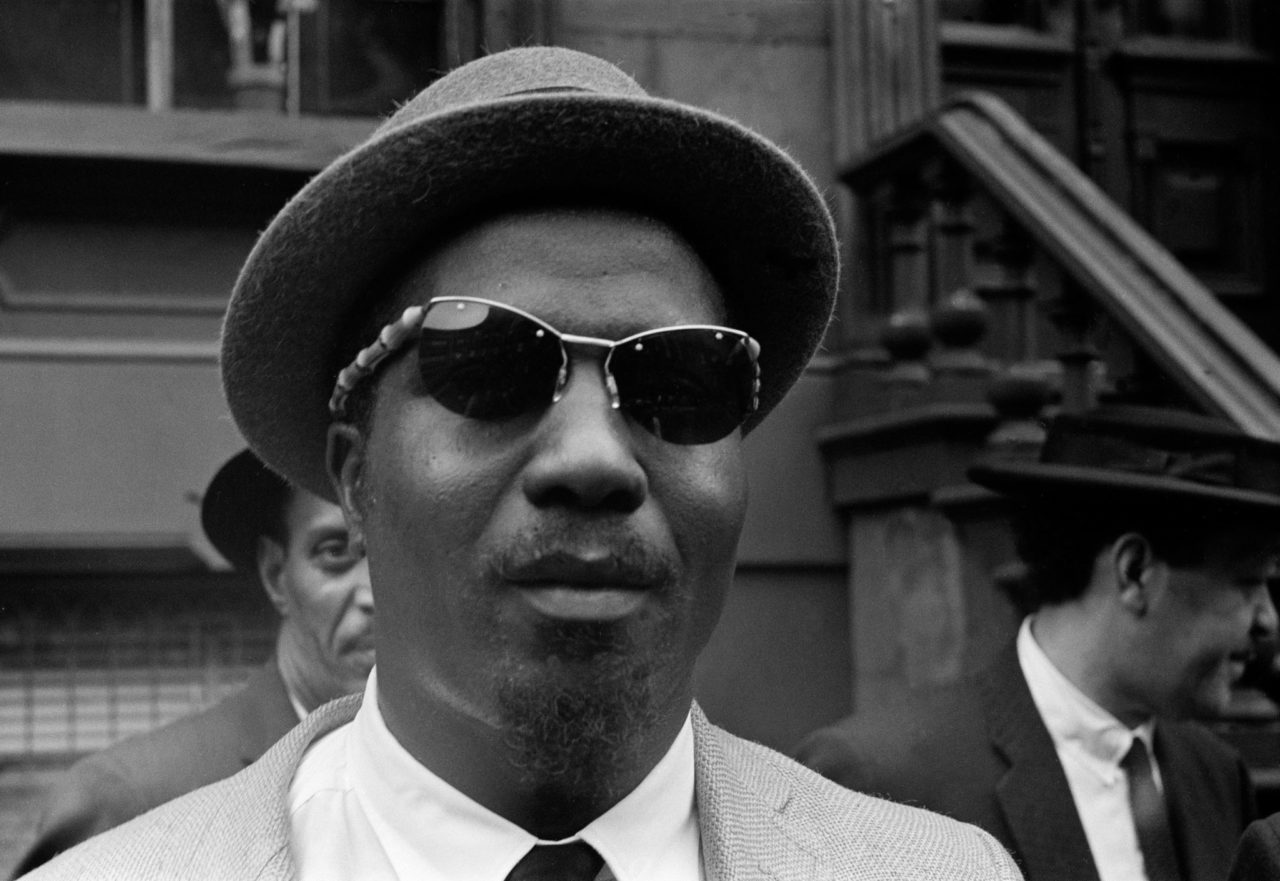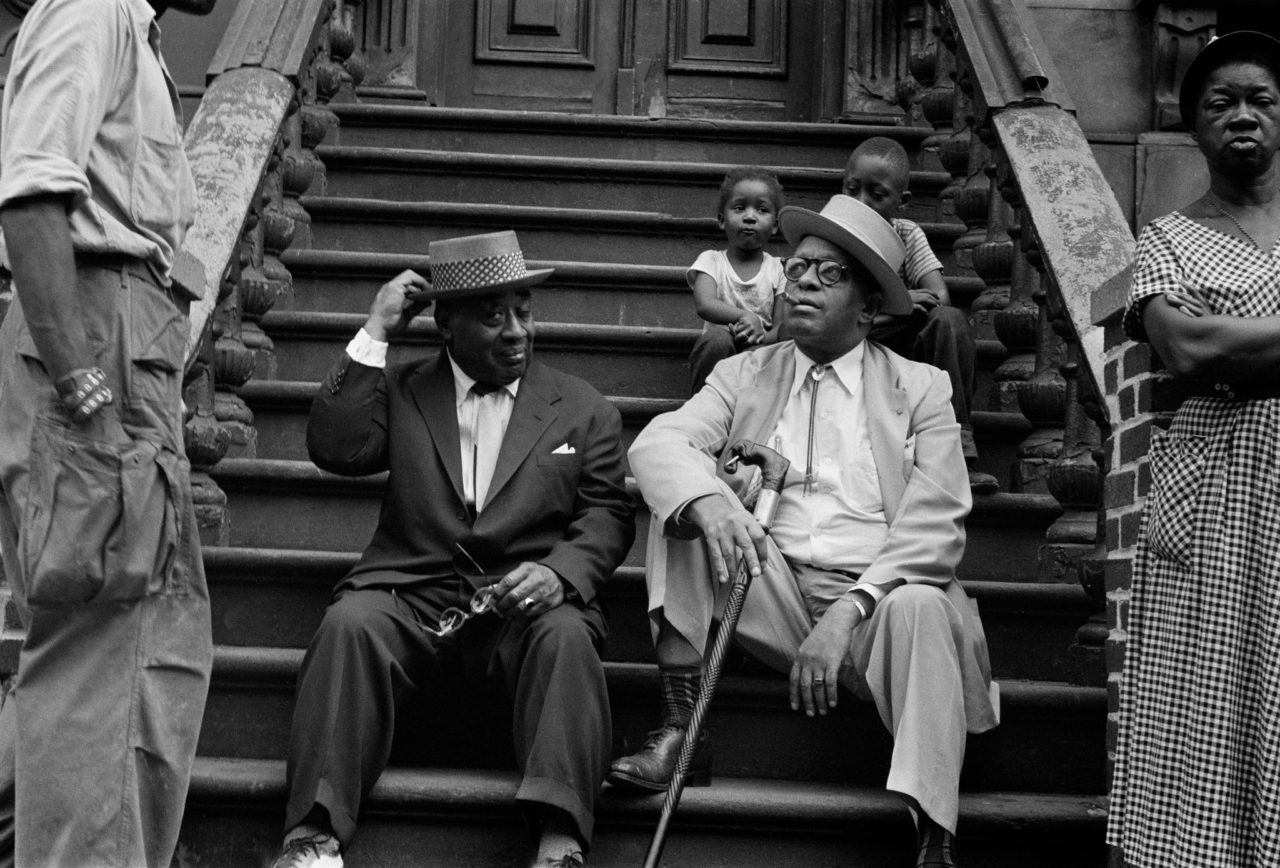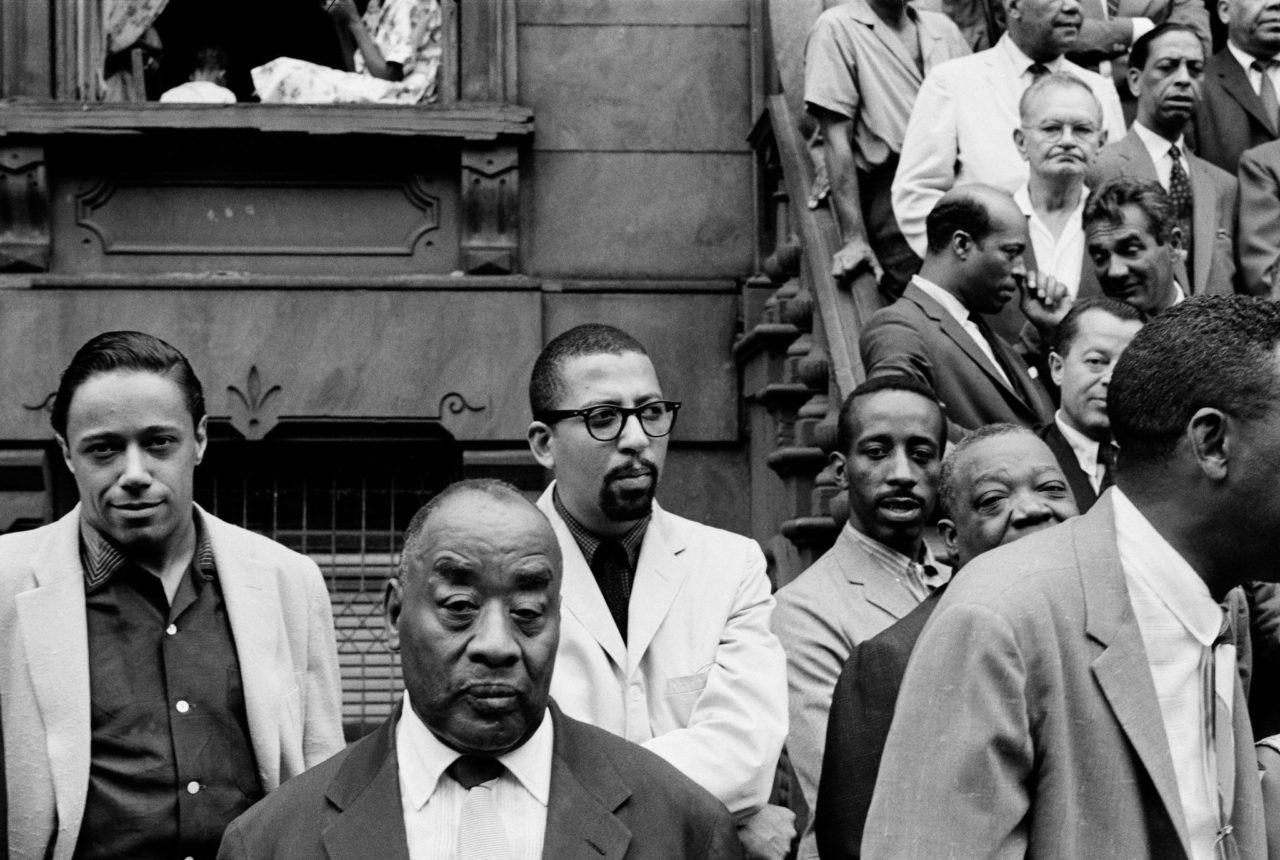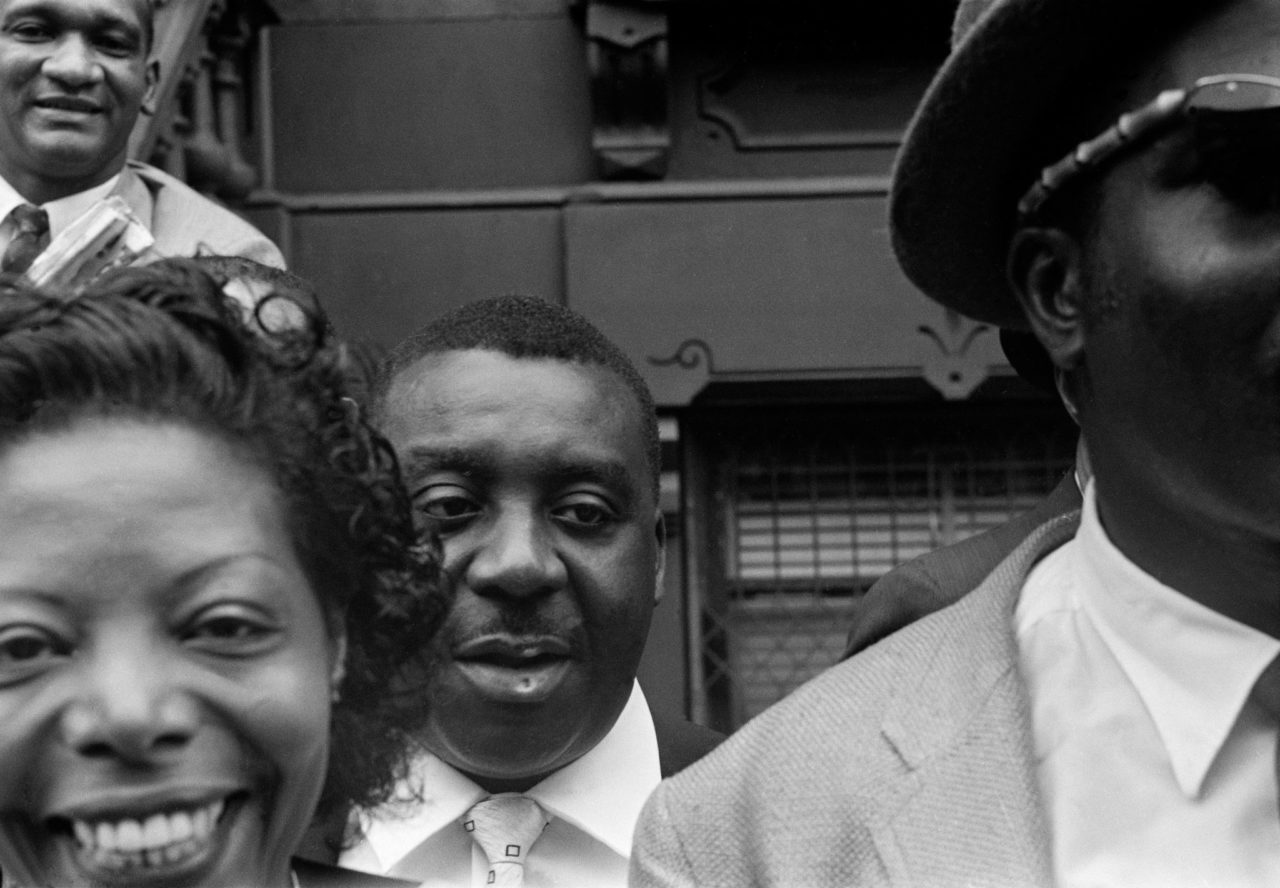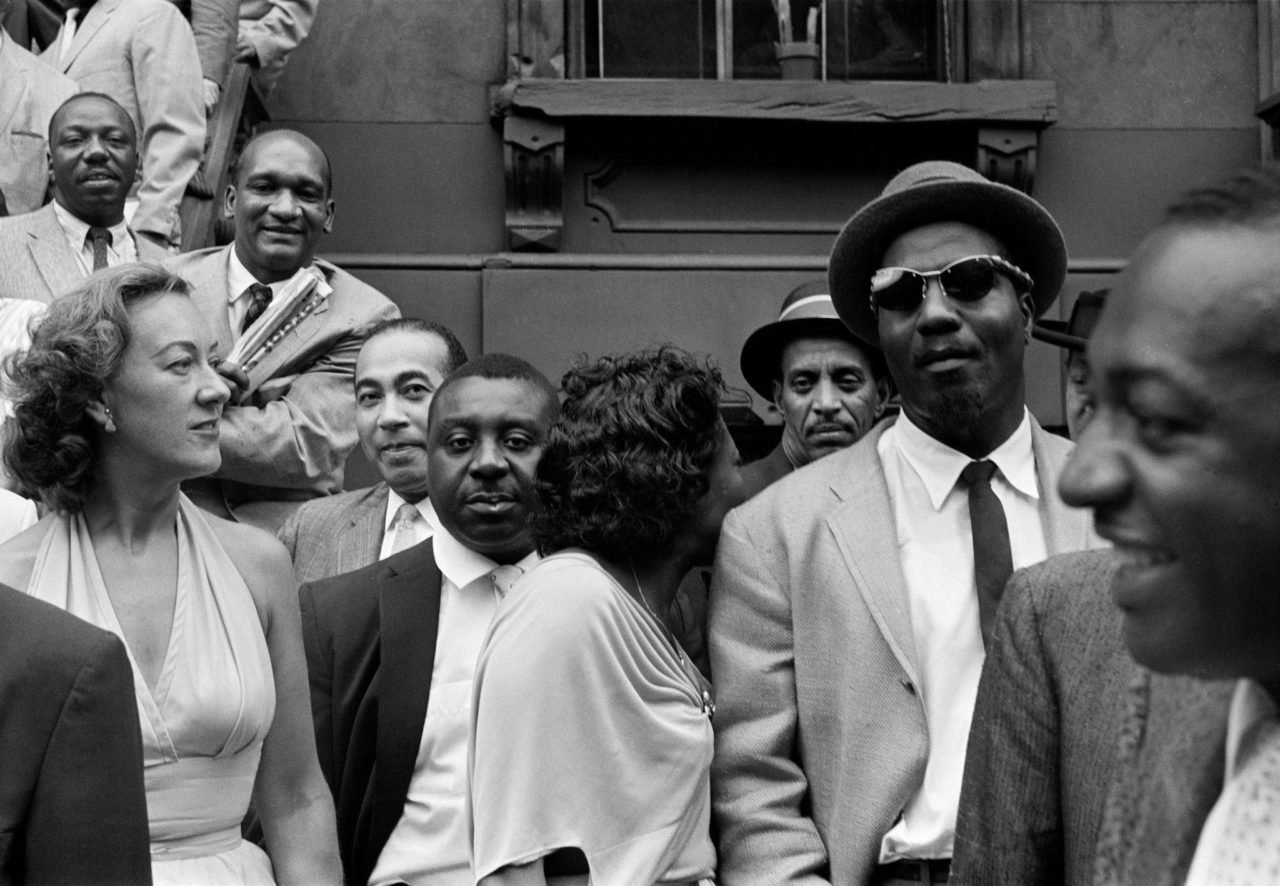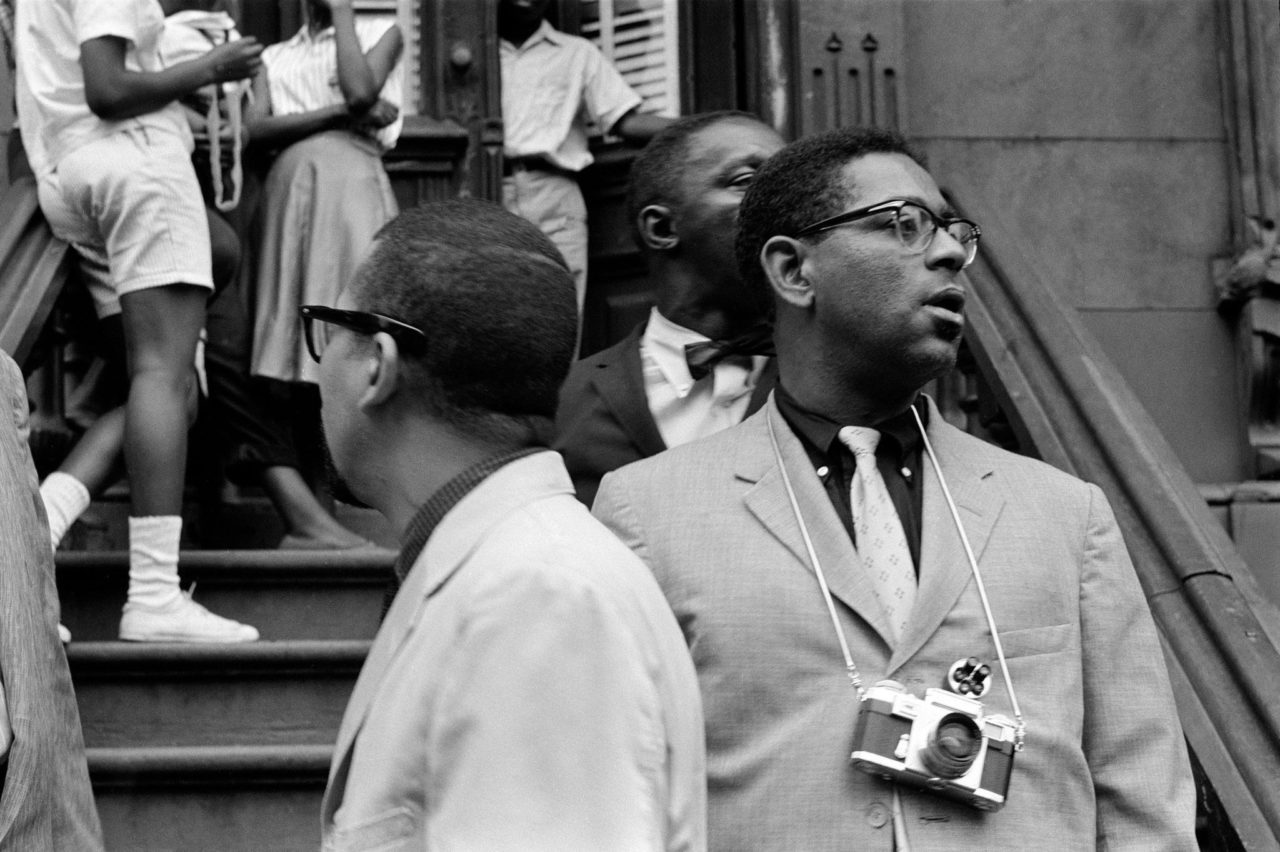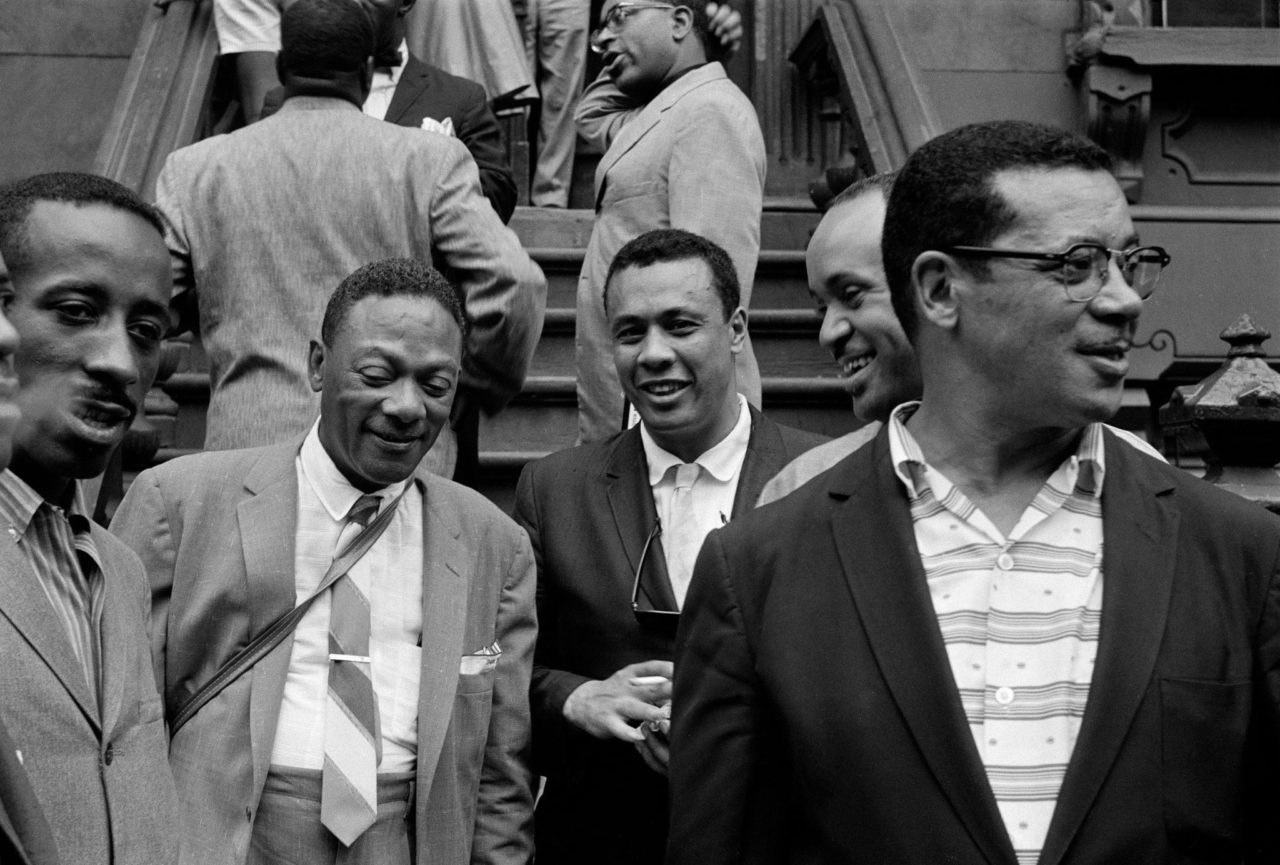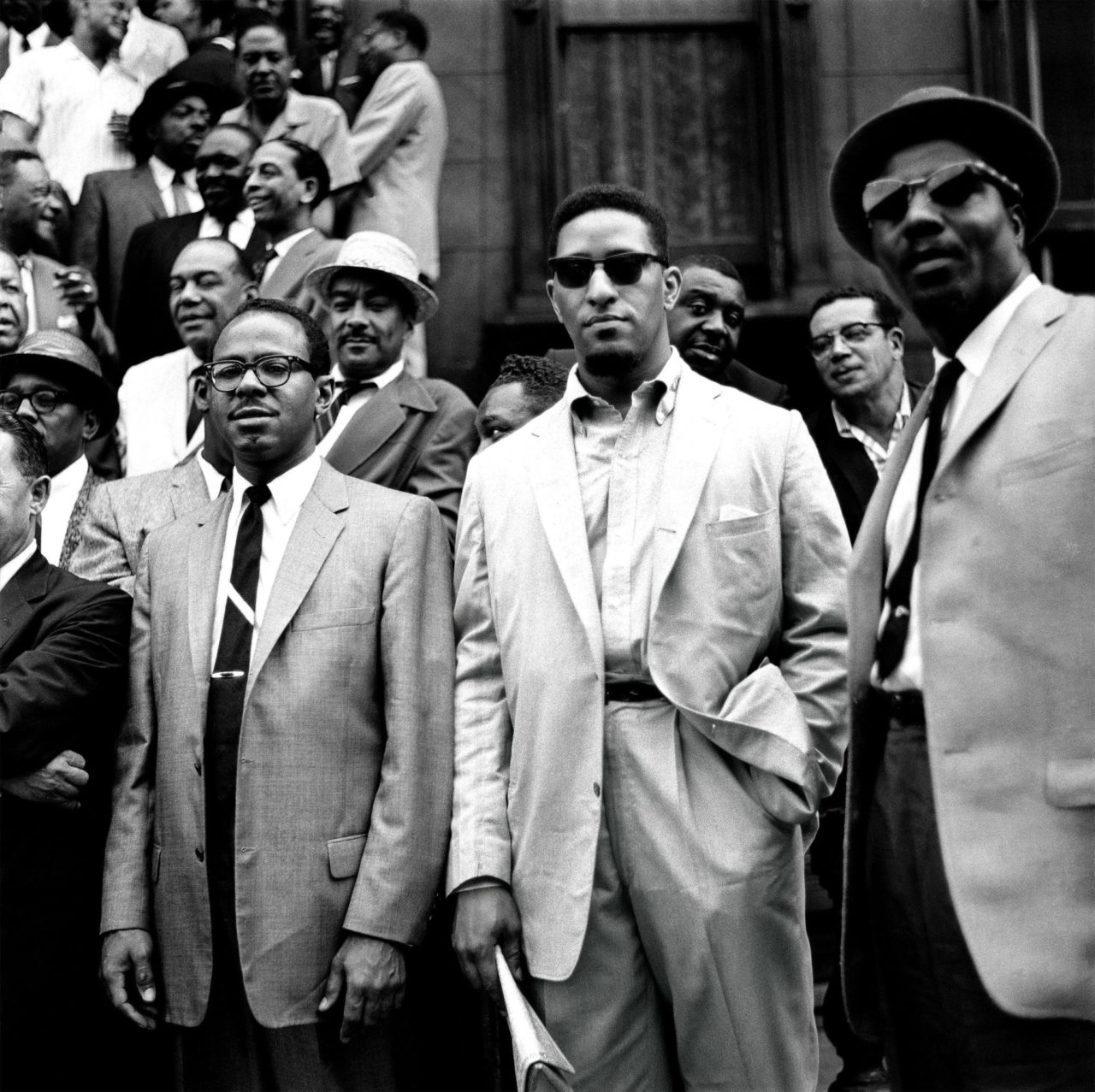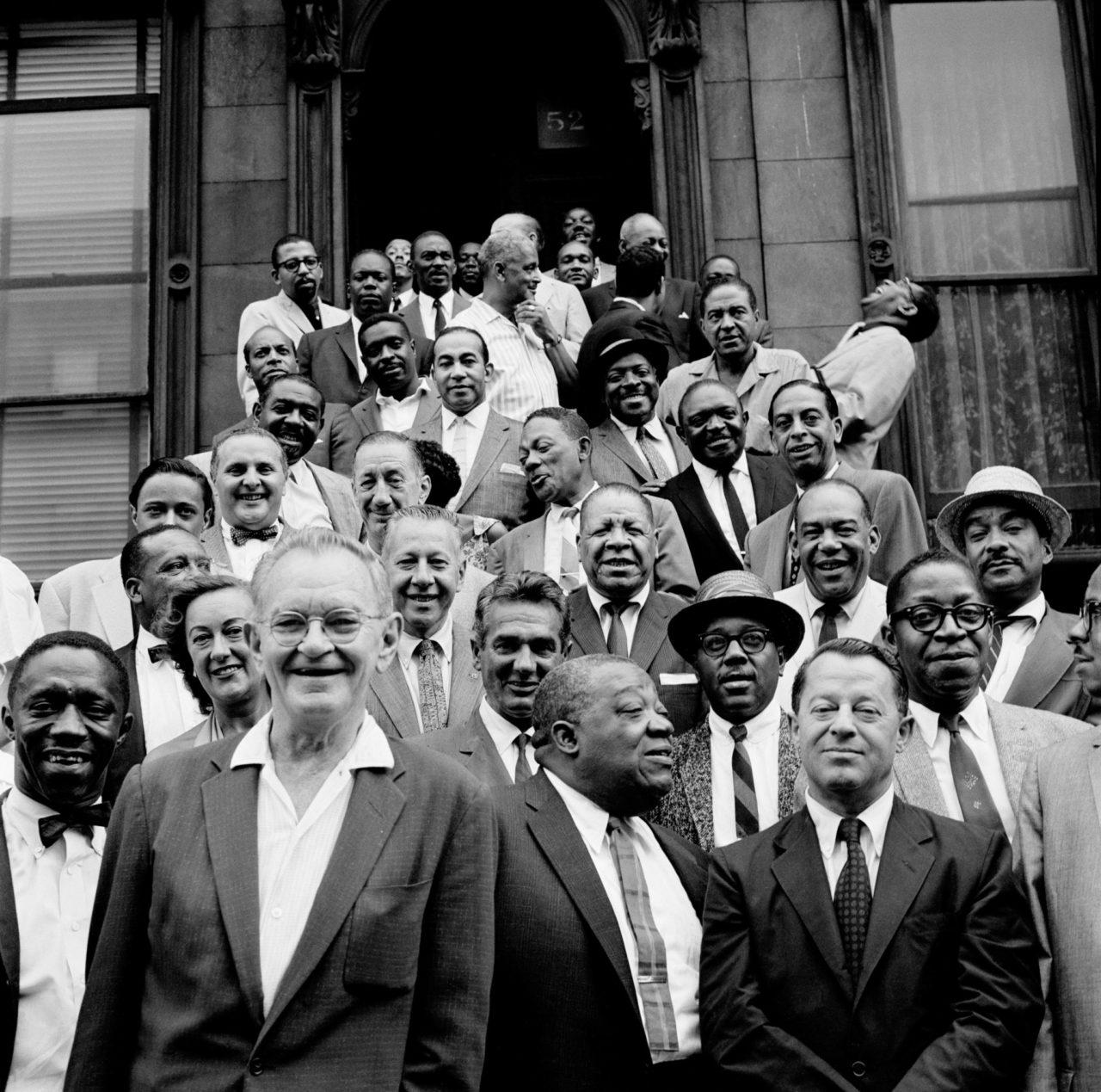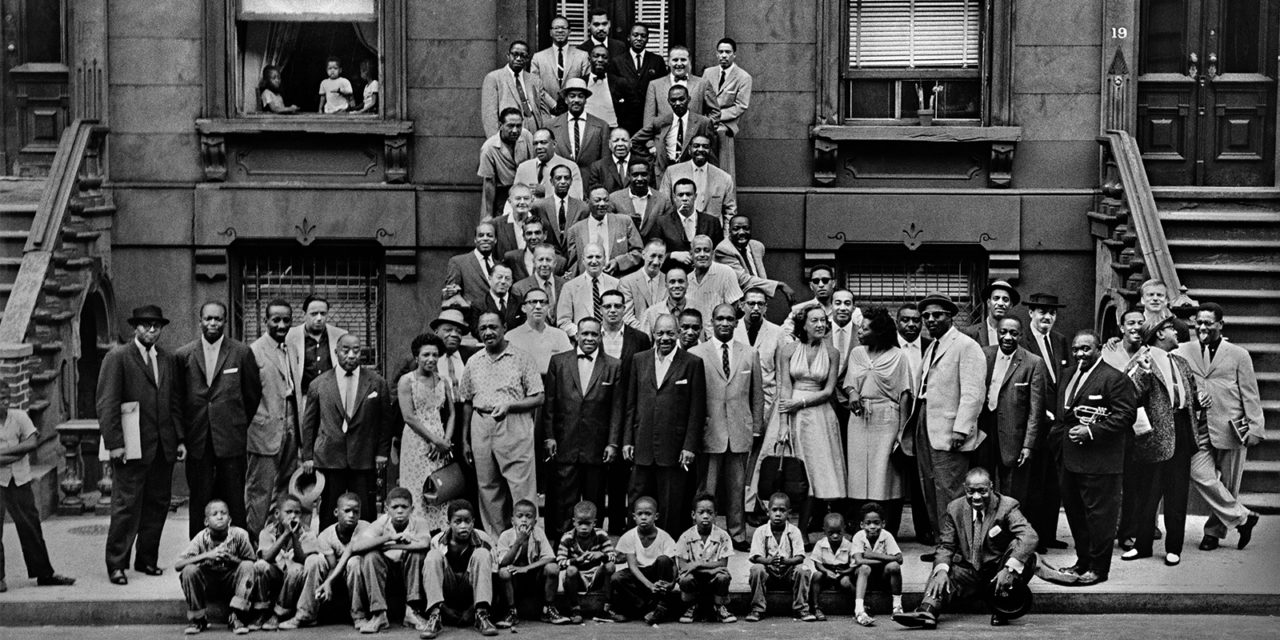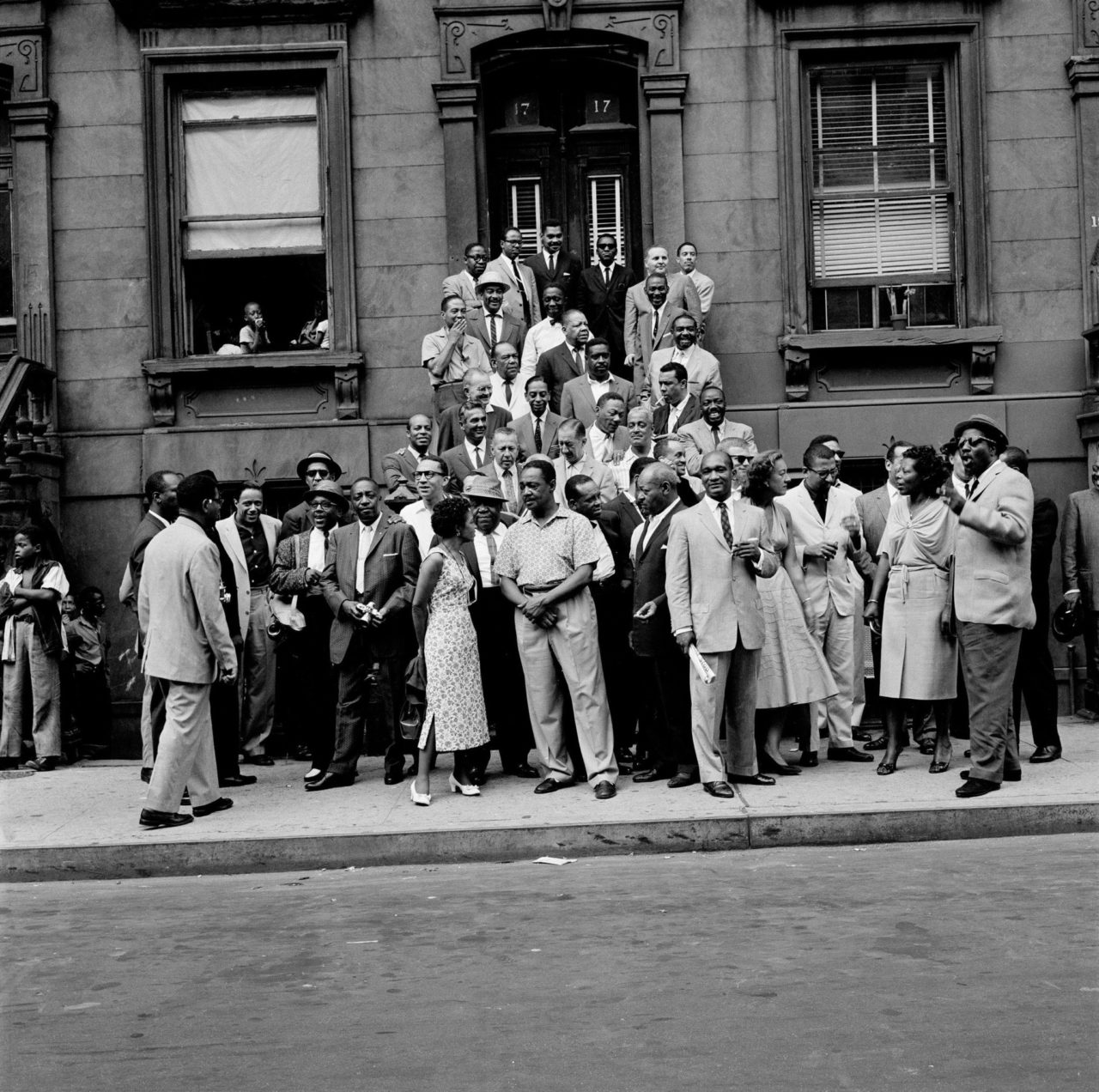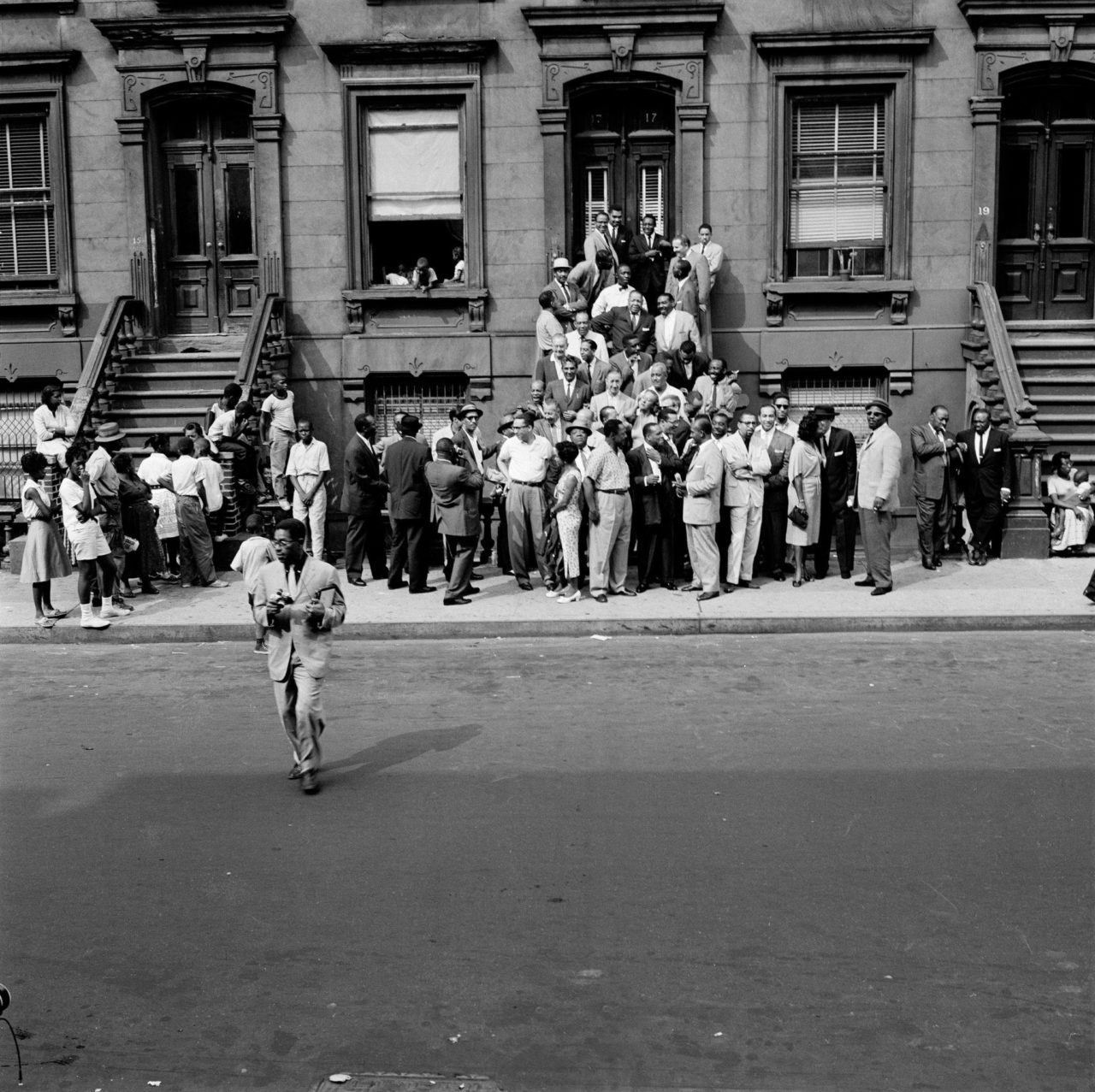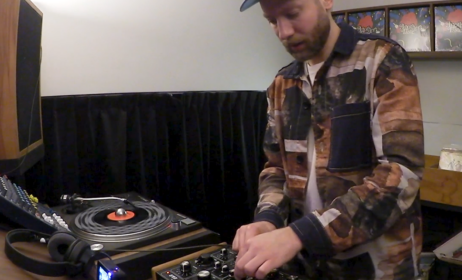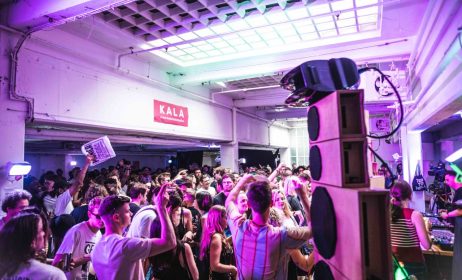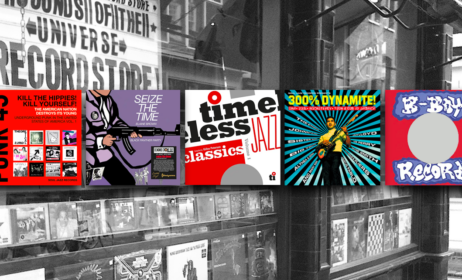Published on
January 22, 2019
Category
Features
A Great Day In Harlem, as told by Art Kane.
At 10 am on a sunny day in Harlem, New York, many of the finest jazz musicians the world has ever known gathered, to pose for a group photograph taken by a young lenseman named Art Kane.
Dizzy Gillespie, Art Blakey, Thelonius Monk, Coleman Hawkins, Mary Lou Williams, Lester Young, Charles Mingus, Gerry Mulligan and Count Basie are amongst those in the collective, to name just a few.
This photograph, known as Harlem, 1958 (aka A Great Day In Harlem), has become one of music’s most iconic images – a time capsule into the heydey of gotham’s jazz scene.
To celebrate sixty years since the photo was taken, Wall Of Sound released a special edition of the book that tells its story, called Art Kane: Harlem 1958: The 60th Anniversary Edition, which takes you behind the scenes of the image.
It features a forward by Quincy Jones and Benny Golson, an introduction by Art’s son Jonathan, and Art’s original text, recalling scenes from that day, alongside a selection of his other seminal shoots, including one with Aretha Franklin.
In this excerpt from the book, Art shares what happened that day.
Words: Art Kane, Art Kane: Harlem 1958: The 60th Anniversary Edition
“It all started in the summer of 1958, at which time I was not yet a photographer.
I didn’t even have a real camera.
I was an art director, a fairly well-known one, at Seventeen magazine, and I was also teaching graphic design at The New School. One of my students was a young guy out of Texas named Robert Benton who had just been taken on at Esquire magazine as assistant art director. He was very talented and we got pretty chummy. About that time he learned I was crazy about jazz music, and also that I was getting more and more interested in photography.
A few months later he was promoted to the top graphic editor’s spot at Esquire and he called me up to ask if I’d be interested in coming up with ideas and taking pictures for a jazz issue of the magazine.
It would focus on the four greatest musicians in jazz: Duke Ellington, Louis Armstrong, Charlie Parker and Lester Young. I told him I’d love to do it, and he told me to come over to the office to meet the editor, Harold Hayes. It turned out Hayes was a big jazz buff and it was his idea to do this special jazz issue.
After I thought about it I came up with the idea of getting as many musicians together in one place as we could. It would be sort of a graduation photo or class picture of all the jazz musicians. After I thought about it some more I decided they should get together in Harlem. After all, that’s where jazz started when it came to New York.
I walked around Harlem for a day and finally found a street up there with a row of houses that looked absolutely typical of the neighborhood, 126th Street, between Fifth Avenue and Madison. It was only a few blocks from the New York Central Railroad at 125th Street and from the subway, and they could easily walk over from there, so that would make a great assembly point.
Then I had Esquire call the police department and ask them to close off the block for a few hours, except for people who lived there, so we could take the pictures.
I said I wanted no traffic except for actual residents of that street from 10am until 2pm.
So I made my request and a couple of weeks later it began to happen, right in front of my eyes. The next thing you know they all started moving into the block I’d picked out. I couldn’t believe it was happening.
I mean, I’d made this crazy request and there it was – it was actually happening.
The only thing was that I couldn’t control it, because we had all these musicians who hadn’t seen each other for a long time, some of them for months or even years. They were all talking and laughing and shaking hands and paying attention to each other, but not to this idiot kid across the street who had the audacity to set up the whole thing there.
I had never felt so alone before in my life, standing on the other side of the street watching them milling around and paying no attention at all to me. I was thinking, “Okay, Kane, you did it, now it’s your job to get them into some kind of formation for a picture.”
So I grabbed a copy of “The New York Times” and made it into a sort of megaphone and put it up to my mouth. I yelled and begged, “Please, please get together in some kind of formation. Move up into those steps up there in front of that house.”
Little by little, slowly but surely, they began moving up into the steps and filling up the front of the brownstone. It was like asking a baby to do something. No one was paying any attention to me. But I had one marvelous assistant with me up there that day. He was Steve Frankfurter, and he helped me and Robert Benton in getting them together up there on the steps.
He was also supposed to help load the two cameras I had borrowed, but he was inept as I was in loading them. First he put the film in backwards, and I yelled at him, “What are you doing? You’re putting it in backwards!” So here you have a non-professional photographer, who’s got an assistant who’s never loaded a camera before, taking this picture which 30 years later is probably the best known group photograph ever taken of jazz musicians.
I have no idea how they decided to stand where they did, and with whom, but they did. Slowly they formed themselves into a big group. Slowly they worked their way into position any way they saw fit, and I saw they couldn’t have gotten into any better position. So I picked up the paper megaphone and screamed and begged, because I needed 57 pairs of eyes looking at my camera…… and that was it!”
Art Kane: Harlem 1958: The 60th Anniversary Edition is out now on Wall of Sound.

